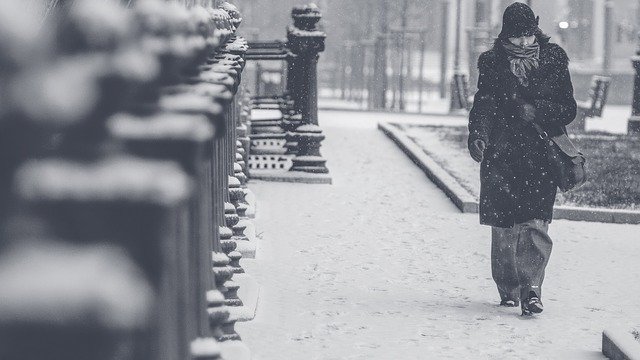Daylight savings time is over, and with it comes colder temperatures and increases in mold infestations. A mold infestation in your residential or commercial building can have a hazardous effect on your health. It can also be costly if not handled swiftly and effectively. The following is an explanation about how winter increases mold infestations and what you can do about it.
What Causes Winter Mold?
Winter mold is caused by the same things that cause mold year-round, but human behavior increases the occurrences of mold-friendly environments. This is almost entirely caused by heat and moisture, but lack of ventilation is also a concern.
Heat
When you turn on your heater, you warm areas of your home that may not have been heated up until then. This primarily involves your attic or basement. If there is moisture, this can present a mold problem.
Additionally, warm air eventually gets to your exterior walls and roof. In areas that aren’t properly insulated, this can cause condensation. Condensation and warmth are a recipe for mold growth.
Moisture
Condensation is one of the biggest sources of winter mold growth due to poor insulation and the meeting of cold and warm air. However, winter is also a time where leaky gutters and compromised foundations reveal their weaknesses. Water tends to find its way into any area of your building that lacks maintenance and fails as a result.
Ventilation
Lastly, we tend to close vents and seal air gaps to keep heat in the house. This is excellent for efficiency when running any heating system, but you don’t want your home too sealed. Stagnancy is a third element that promotes mold growth.
What You Can Do About Winter Mold Infestation
Winter temperatures don’t mean you are destined for mold infestation, and there are plenty of things you can do to prevent it. They all have to do with controlling the above factors. Make sure your home or other building is properly insulated, so you don’t get condensation and increased moisture when you turn on the heat. Invest in a dehumidifier if humidity is a concern. Lastly, seal your home, but make sure it still has proper ventilation. You don’t want drafts, but you have to have some air movement.
Lastly, if you have a mold infestation, handle it quickly to avoid it spreading. If the area contaminated is over 10 feet in area, call a professional for safe removal. Winter has it’s mold risks, but they can be mitigated.
